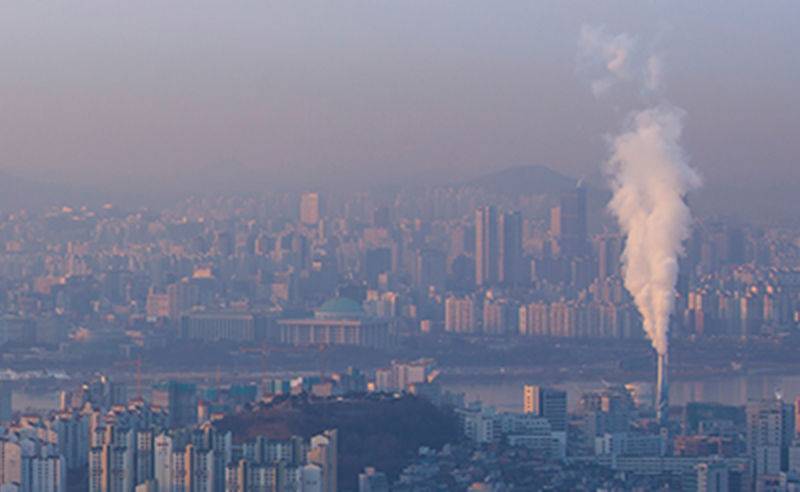Particulates
Fine dust is a very small material that is invisible to the naked eye. It is a particulate material with a diameter of 10μm or less that floats in the water or is suspended in the air for a long time. When fossil fuels such as coal and petroleum are burnt, it comes out.
The risk
The World Health Organization (WHO) has designated BC (black carbon) as a first-level carcinogen in diesel particulates. When exposed to fine dust for a long time, the immunity is rapidly lowered, and this may cause various diseases such as cardiovascular diseases, skin diseases, eye diseases, as well as respiratory diseases such as colds, asthma and bronchitis. Ultra-fine dust with a diameter of less than 2.5μm is particularly susceptible to penetration into the bronchi and deep into the lungs of the human body."




